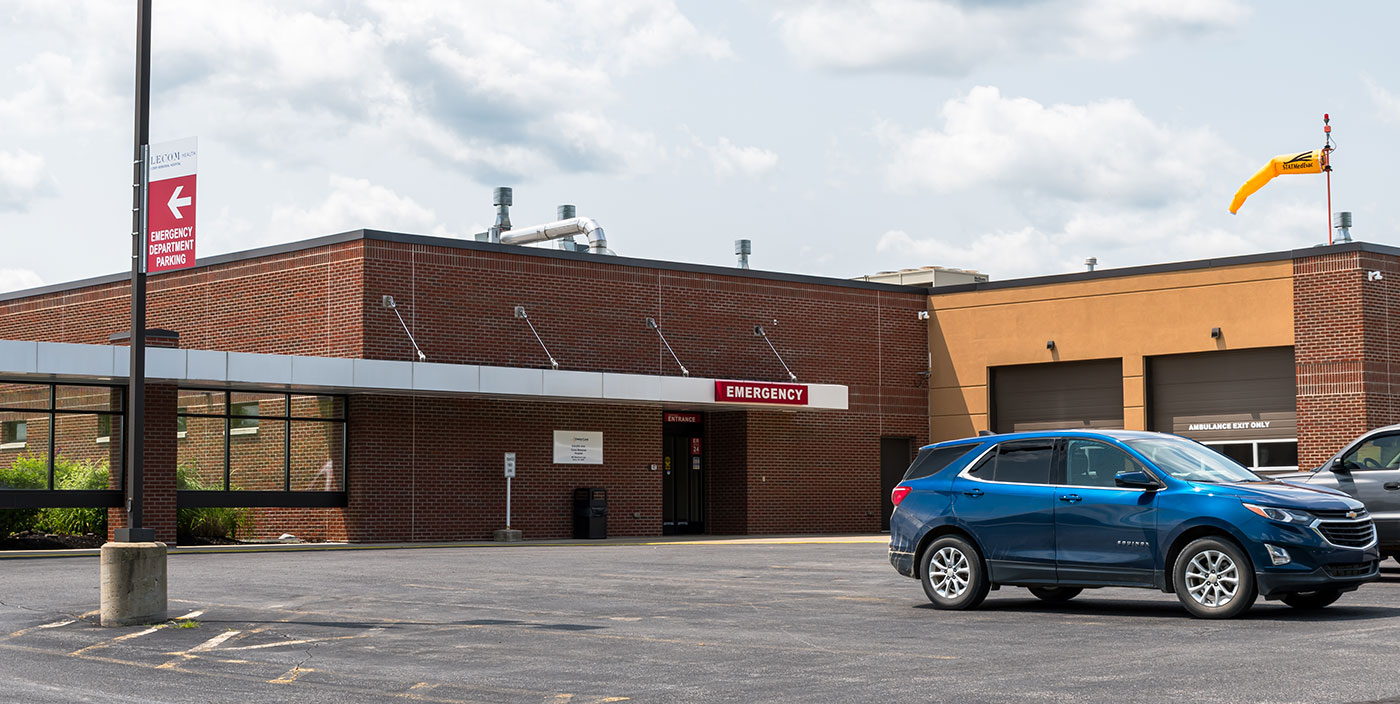What '60 Minutes' Didn't Say: Hospitals Will Charge You More Under Obamacare
On Sunday evening, CBS' 60 Minutes did a feature story on Steven Brill's new book, America's Bitter Pill, in which Brill complains that Obamacare didn't do enough to tackle the exorbitantly high price of U.S. hospital care. “Obamacare does zero to change any of that,” says Brill. That's not exactly right. What Brill—and CBS—don't tell you—is that Obamacare is driving hospitals to charge you more than they already do.
The U.S. hospital industry is crony capitalism at its finest
Steven Brill, founder of The American Lawyer and Court TV took a starring role in the health care debate when he published the Time article “Bitter Pill,” describing how hospitals charge extreme prices for ordinary care to the uninsured. For example, Sean Recchi, an uninsured lymphoma patient, went to MD Anderson Cancer Center, a world-renowned facility in Houston, to seek treatment. MD Anderson proceeded to charge him $283 for a $20 chest X-ray. They charged him more than $15,000 for blood tests costing a few hundred dollars. They charged him $13,702 for a dose of Rituxan, a lymphoma drug, for which the average U.S. hospital price is around $4,000. All told, Recchi's course of treatment cost $83,900. Whatever he couldn't pay was called “uncompensated care.”
MD Anderson is not struggling under the weight of bills unpaid by the uninsured. In 2010, MD Anderson recorded revenue of $2.05 billion and operating profits of $531 million. Brill recounted several other patients at other hospitals with similar stories.
This is a topic we've covered extensively at The Apothecary, and elsewhere: the U.S. hospital industry is the single largest example of crony capitalism in the history of civilization. In 2013, I wrote a piece for National Review called “An Arm and a Leg” explaining the problem.
To summarize: the average day spent in a U.S. hospital costs five times as much as it does in other industrialized countries. That's not because U.S. hospitals use higher technology or better care. It's because they charge more for the same technology and the same care. Because they can get away with it.
Obamacare subsidizes hospitals' already-high prices
Thanks to federal intervention in the health care system—Medicare, Medicaid, and the employer tax exclusion—hospitals have been able to charge whatever they want for their services, knowing that the average consumer has no idea how much he's paying, because he's paying mostly through taxes and other indirect means.
In 2013, U.S. government entities—i.e., taxpayers—spent a half-trillion dollars subsidizing American hospitals. By 2021, thanks in part to Obamacare, that will grow to $800 billion a year. That's more than twice what the military spends subsidizing the aerospace industry.
And here's the thing. While Brill rightly criticizes Obamacare for not doing anything to bring down the cost of hospital care, he's actually an ardent supporter of the law. And this is the fundamental problem with Brill's thesis. Obamacare doesn't merely not do anything to bring hospital costs down. It actively works to drive hospital costs upward, by doubling down on the incentives hospitals have to charge more to patients.
In every state, it's the hospital industry that has been the principal lobbyist in support of Obamacare. Why? Because the law increases taxpayer subsidies of the hospital industry by around $400 billion per decade. In other words, it takes the currently high prices that U.S. hospitals charge and says “keep doing what you're doing.”
If Obamacare had never passed, hospitals would have been under much more pressure to keep these costs down, because no one would be bailing them out if hospital care became increasingly unaffordable. The opposite, of course, has happened.
Obamacare encourages hospitals to increase their market power
The next thing Obamacare does is it encourages hospitals to merge, thereby giving hospitals even more market power to charge even higher prices. A study by Jamie Robinson of the University of California found that highly concentrated hospital markets–where one or two hospitals controlled most of the patient volume—hospitals charged an average of 41 percent more for common procedures than they did in more competitive markets.
This piece originally appeared in Forbes
This piece originally appeared in Forbes

